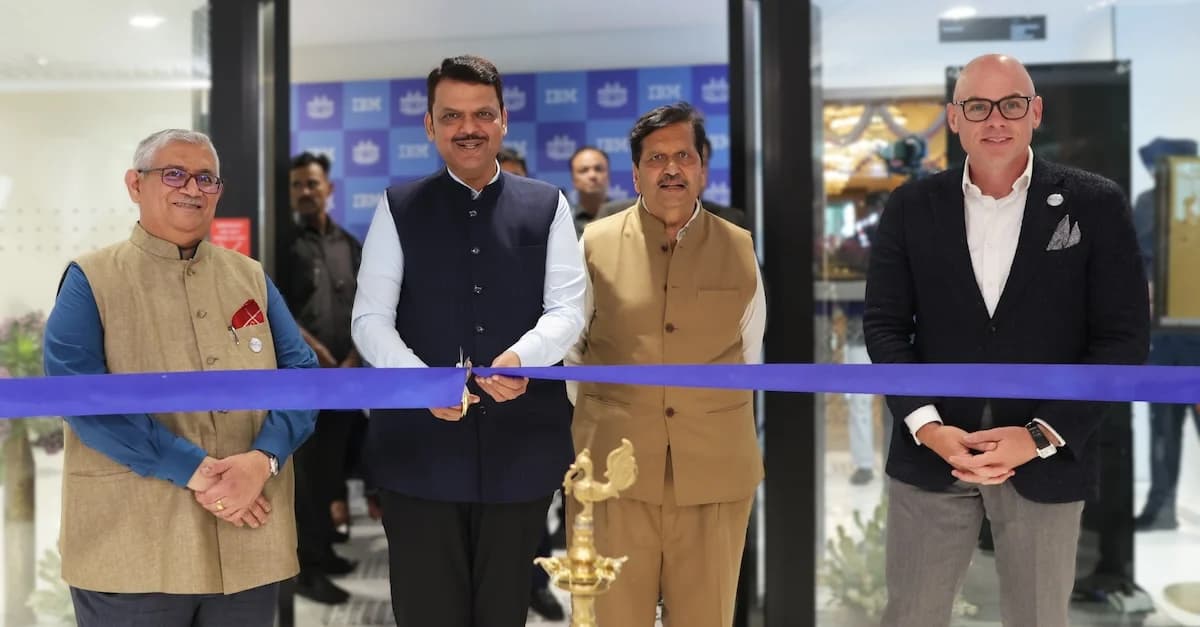New error-correction approach makes fault-tolerant quantum computing feasible without massive infrastructure
A breakthrough in quantum error correction tackles the resource bottleneck that made large-scale quantum computing impractical. IBM says its quantum low-density parity check (qLDPC) codes cut the physical qubits required by 90 percent compared with previous methods.
This efficiency enables IBM Quantum Starling to run 100 million quantum operations using just 200 logical qubits — error-corrected units that store quantum information reliably by clustering physical qubits that monitor each other. The system, scheduled for 2029 deployment in Poughkeepsie, New York, would have required infeasible infrastructure under earlier architectures. IBM says Starling will execute 20,000 times more operations than today's error-prone quantum computers.
Earlier approaches to fault-tolerant quantum computing ran into hard engineering limits. Alternative error-correcting codes demanded such vast numbers of physical qubits and supporting hardware that scaling beyond small experiments was unrealistic. IBM's qLDPC technique changes that equation.
"Our expertise across mathematics, physics, and engineering is paving the way for a large-scale, fault-tolerant quantum computer," said Arvind Krishna, IBM's Chairman and CEO.
Building Quantum Systems Like Network Nodes
The computational scale defies easy comparison — representing Starling's quantum state would require memory from more than a quindecillion (10^48) of the world's most powerful supercomputers, according to IBM's estimates.
IBM says its architecture meets six critical requirements previously seen as incompatible: error suppression for useful algorithms; logical qubit preparation and measurement during computation; universal instructions; real-time decoding; scaling to thousands of logical qubits; and realistic resource usage. Two technical papers released by IBM detail the implementation.
The roadmap outlines a modular strategy that avoids building impossibly large single chips.
IBM Quantum Loon arrives in 2025 to test specialized connectors called "C-couplers" that link qubits across longer distances within chips. Kookaburra follows in 2026 as the first modular processor combining quantum memory with logic operations — essentially a quantum building block. Cockatoo in 2027 then connects two Kookaburra modules using "L-couplers" (inter-chip connectors), linking processors like nodes in a network.
These steps culminate in Starling's 2029 debut, with IBM Quantum Blue Jay planned to follow, executing 1 billion operations over 2,000 logical qubits.
From Laboratory Curiosity to Practical Tool
Fault-tolerant quantum computing relies on logical qubits formed by clustering physical qubits that monitor one another for errors. Today's quantum computers struggle with error rates that limit them to short calculations before failure.
The potential impact spans fields where classical computers hit walls. Drug discovery could accelerate through accurate molecular simulations; materials science could design compounds impossible to model today; and optimization problems in logistics and finance could see solutions previously out of reach, IBM researchers suggest.
IBM operates a global fleet of quantum computers, providing operational experience that informs this roadmap. Its step-by-step approach — proving each component before integration — targets the pitfalls that have repeatedly delayed practical quantum computing.
The 2029 target for Starling is an ambitious timeline in a field where breakthroughs often take longer than expected. Still, IBM's detailed roadmap, with specific processors addressing specific challenges, offers a concrete path rather than theoretical promises.



